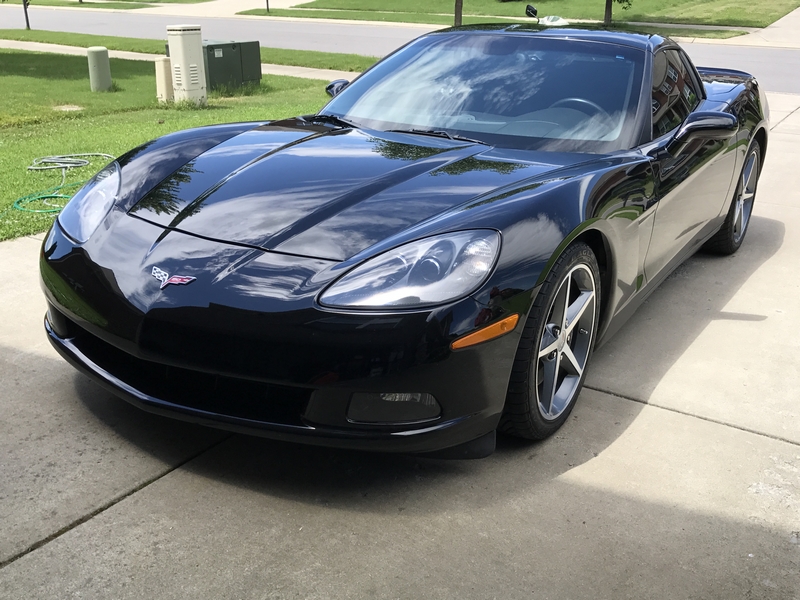Disconnect your Corvette’s Battery? Then You Need To Be Aware About GM OBDII Driving Cycles
If you own a late-model C4 (1995–1996), a C5, C6 or C7 Corvette and you’ve ever had reason to disconnect your battery, then it’s possible that you’ve experienced issues resetting your Corvette’s emission sensing equipment. Cars equipped with OBDII Computers (of which all of the aforementioned Corvettes happen to be so equipped) require a “system” reset of all the emission regulating/monitoring equipment anytime the car’s battery is disconnected.
Until a few weeks ago, I was unaware of this situation. Over the course of the winter, I forgot to properly tender/maintain my C6 Corvette‘s battery and ended up replacing it at the start of the new year. When the weather finally allowed me to take the Corvette out on the open road, I immediately headed to my local emissions testing center so that I could complete the annual vehicle emission inspection and renew my state registration.
No Subscription? You’re missing out
Get immediate ad-free access to all our premium content.
Get Started



